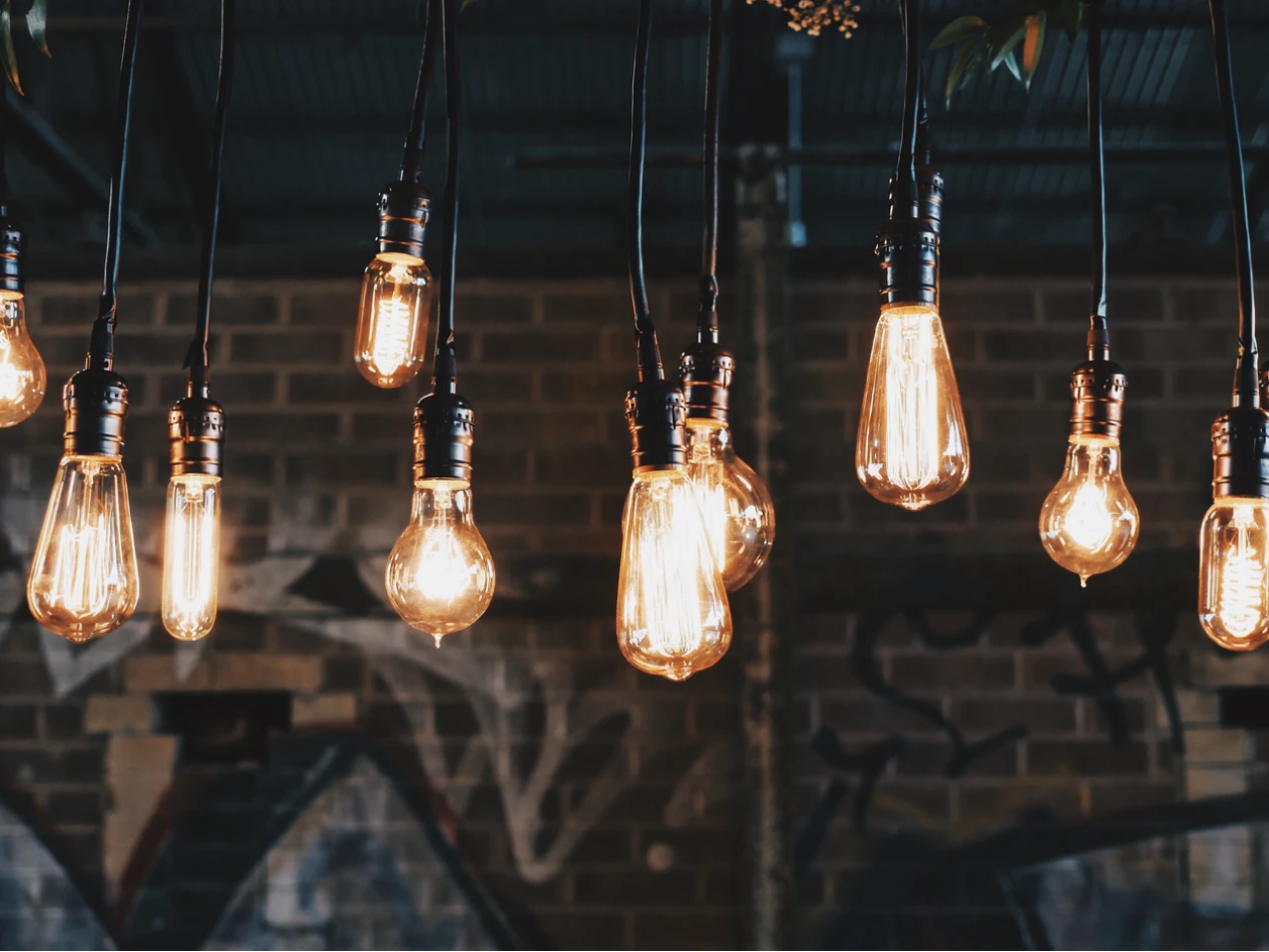When most people think about switching up their lighting, the bulbs are often the first thing that comes to mind. So, you might already know about the different varieties of bulbs you can buy. Some offer more light, some offer a warmer glow, etc.
But, do you know what kind of socket you should be looking at for your lamp(s)?
Selecting the right socket isn’t difficult and it doesn’t have to be overwhelming. But, there are more to choose from than you might realize. So, it’s important to have a basic understanding of several different kinds of sockets. Doing so will make it easier to find the ones that fit your needs.
With that in mind, let’s cover how you can select the right socket for your lamp while going over a bit of information about different socket types.
Chandelier Sockets
Chandelier sockets, as you may have expected, are meant for hanging chandeliers of all shapes and sizes. These sockets can wear out over time and may need to be replaced. Chandelier sockets can be made from different materials depending on the look you want and the amount of strength you need. There are dozens of different designs, whether you need big sockets or small, so you can easily match a replacement socket with your existing fixture.
Mogul Sockets
Mogul-based lightbulbs have a larger screw base than standard bulbs. As a result, if you’re using mogul bulbs you will need a larger socket – referred to as a mogul socket. Many of them are adaptable so you can screw them into your existing socket before adding the mogul bulb.
Pull-Chain Sockets
If you have a lamp that you want to be able to turn on and off with the simple pull of a cord, a pull-chain socket is for you. These sockets typically come with a flat base or as a longer cylinder to allow the chain to hang down. Pull-chain sockets are convenient and can add a vintage touch to any lamp.
3-Way Sockets
3-way sockets are specifically designed for 3-way lamps. The bulbs used for this type of socket are able to produce three different levels of light. It is different from lamps with a dimmer switch because the color will not change depending on the level of light you choose.
If you are interested in dimmer sockets, they are meant for bulbs and lamps that will reduce or increase the power of the filaments. This makes for higher or lower levels of lighting but can also change the color of the light.
Halogen Sockets
Halogen sockets are specifically made for halogen bulbs. Halogen bulbs are becoming more popular thanks to their efficiency, but they can also be dangerous if they are put in the wrong socket (or if touched!). If you’re making the switch to a halogen bulb, it’s important to install a halogen socket first.
Two, Three, and Four-Bulb Sockets
Depending on the type of light fixture you have, you may need multiple sockets attached to one plate. Thankfully, you can choose two, three, or even four-bulb sockets to fit your needs and attach to your lamp for a brighter glow.
Antique Sockets
Antique sockets are, as you might expect, used for antique lamps. Many people use them for refurbishing or restoring antique lamps since many vintage styles have started to come back into popularity. Whether you purchased an antique lamp recently or you’re trying to restore one to its natural beauty, you’ll need a socket that fits the time period when it was built.
Turn-Knob Sockets
Turn-knob sockets are the alternative to pull-chains. In order to turn a lamp on and off, a turn-knob socket features a small (usually plastic) knob at the base of the socket. It’s a quick and easy way to turn a lamp on and off. They are often the norm for more modern lamps as they are easily hidden beneath lamp shades.
There are also no-knob sockets that may instead feature some type of button or alternative method to turn them on/off. Or, you could choose a push-thru socket that features a small plastic ‘dowel’ that you push from one side of the socket to another to turn the lamp on and off.
3 Terminal Sockets
3-terminal sockets are different from 3-way sockets in the way they are designed. A 3-terminal socket features wires on the bottom to connect to different bulbs. They are meant to run an additional circuit and serve a purpose for a very specific style of bulb/lamp. This type of socket is usually found in older lamps.
Porcelain/Ceramic Sockets
While most people think of light sockets being made of metal, there are other materials to consider. These include porcelain and ceramic. These materials tend to be more popular in older lamps, but they are still used today.
While porcelain or ceramic sockets can provide a great look to your lamp, it’s important to choose a socket that is high-quality, otherwise, the heat may cause it to crack, and it could even be dangerous.
Cardboard Covered Socket
You might think that cardboard and light sockets don’t exactly go hand-in-hand, but occasionally they do! Certain sockets include small pieces of cardboard that are meant to protect the socket and the bulb against any heat issues. That small piece of cardboard also serves as a way to insulate the socket. It can help to extend the life of the socket and keep everything safer.
Which Socket is Right for Your Lamp?
As you can see, there are plenty of socket options to consider. They all depend on the type of lamp you have, your personal taste, and your individual needs. Of course, different sockets also sometimes require different bulbs.
If you’re still confused about which socket to choose for your lamp, feel free to contact Cook’s for more information. Or, stop in and let us help you with any of your lighting needs.


